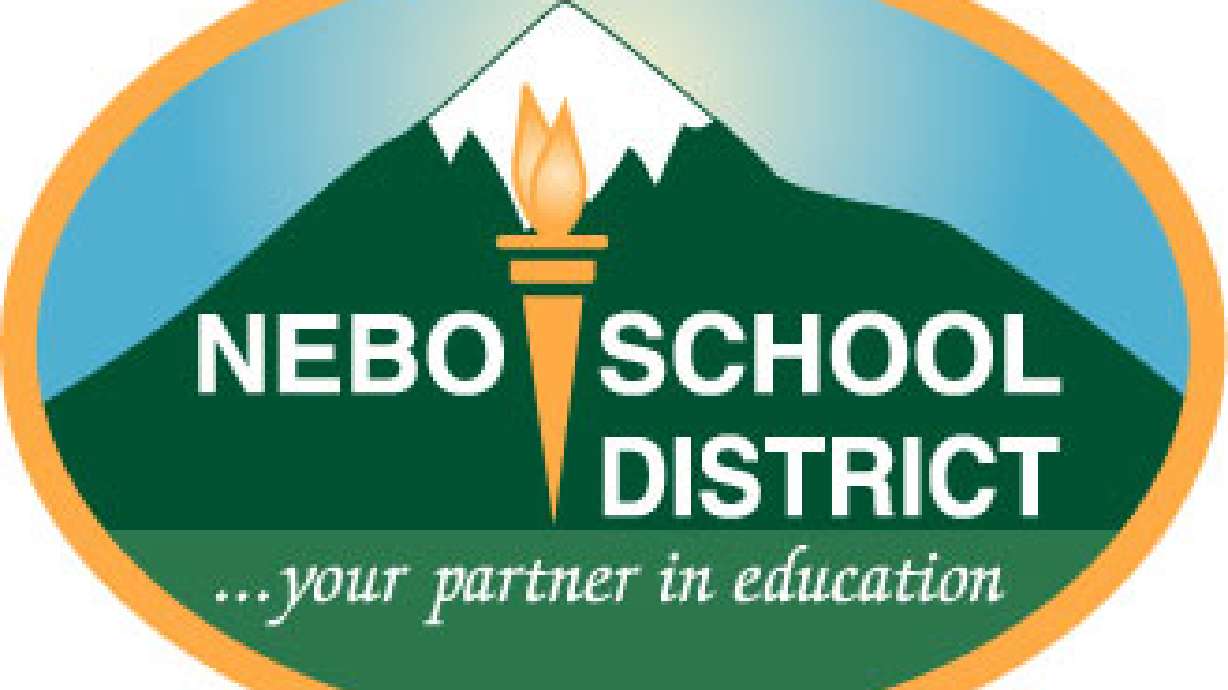Estimated read time: 4-5 minutes
This archived news story is available only for your personal, non-commercial use. Information in the story may be outdated or superseded by additional information. Reading or replaying the story in its archived form does not constitute a republication of the story.
SPANISH FORK — When Nebo School District started its Title VII American Indian program 13 years ago, the graduation rate for American Indian students was 37 percent.
Two years ago, it was 94 percent.
"We have kept it above 88 percent for the last 10 years," the program's coordinator, Eileen Quintana, said Tuesday.
Nebo's figures are leaps and bounds ahead of the national average, where just more than 50 percent of American Indian students graduate high school. National data show that the academic struggles of American Indian students begins as early as elementary school.
American Indian and Alaskan Native students scored an average 16 points lower in fourth grade and 19 points lower in eighth grade than their peers in mathematics in 2011, according to the National Indian Education Study, released Tuesday by the National Assessment of Educational Progress. In reading, American Indian and Alaskan Native students scored 19 points lower in fourth grade and 13 points lower in eight grade.
According to the study, those score gaps had not changed significantly since 2009 but in some cases had widened since 2005. The study also found that the Mountain Region has the highest percentage of American Indian or Alaskan Native students in fourth grade — 28 percent — and the second highest percentage for eighth-grade students.
Our students do not become a part of the public school system. They feel that isolation. They feel like an outsider and oftentimes they're the minority in school.
–Shirlee Silversmith
Shirlee Silversmith, director of the Utah Division of Indian Affairs, said that despite Nebo's success, school districts in Utah are full of American Indian students struggling to succeed academically. She said independent of whether a student lives near a reservation or in the larger cities along the Wasatch Front, their needs are not being met.
"The challenges vary, but some challenges stay the same," she said.
Silversmith said American Indian students in rural areas often have to travel long distances — sometimes an hour in each direction — to get to school. She said the need to run out after school and catch a bus makes it hard for students to participate in sports and extra-curricular activities, or to discuss their grades with a teacher.
In urban areas, where distance is mitigated, Silversmith said the lack of American Indian teachers or administrators and a culturally limited curriculum contribute to students feeling isolated.
"Our students do not become a part of the public school system," she said. "They feel that isolation. They feel like an outsider and oftentimes they're the minority in school."
Silversmith said the success of Nebo School District is due in large part to Quintana, who coordinates the Title VII American Indian program. The program, exclusively for American Indian students, cultivates a pride and knowledge of culture through art projects and powwows while integrating a math, science and literacy curriculum.
"She developed that program to what it is today and it's taken a lot of effort on her part, but they're seeing success," Silversmith said of Quintana's work with the district. "She provided that place where they can learn about their culture, developing pride and self-esteem that is very healthy."
But Quintana was quick to say that the success of the Native American Indian Program went beyond herself. She said the program would not be working without the support of parents, the school district and her staff.
It is not because of one person. It is only through a team effort that any kind of positive change can take place.
–Eileen Quintana
"It is not because of one person," she said. "It is only through a team effort that any kind of positive change can take place."
During the school year, coordinators meet with students twice a week to help with homework and work on projects. Quintana said she and her staff track all of the district's roughly 300 American Indian students and hold workshops to involve and receive feedback from parents.
"We try to listen very carefully to what parents are telling us," she said.
During the summer, the district hosts Camp Eagle, a summer-learning program where students participate in culture- and tradition-oriented projects and events. This year, students completed a mural titled "Empowerment Through Progress" that will be featured at the Native American Summit in August.
Quintana said American Indian students struggle because they are not presented with a culturally relevant curriculum. She said the American Indian culture is different than traditional public education and the success of Nebo's program is due to the way teachers adapt their style to engage students.
"You have to teach in a way that's understandable to them and change your teaching style to a way that's more palatable," she said.
Silversmith said one way to help students would be if every school district had a passionate educator like Quinatana who could mentor and coordinate programs for American Indian students. But one thing schools could do, she said, would be to make the curriculum more multicultural, incorporating history and traditions into classrooms that teach math and science.
"It makes it relevant to them," she said. "It's part of who they are and has meaning."









